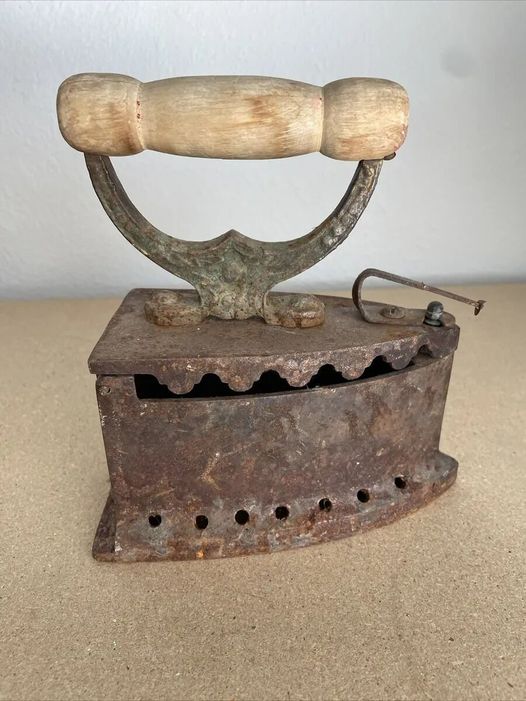When you first came across this handy household tool, you probably recognized it as an iron. Yet, while its purpose might seem straightforward, this antique iron holds a fascinating secret about how it managed to keep clothes looking sharp and polished!
Today’s irons brim with electricity and advanced technology, but this wasn’t always the case. Back in the day, heating irons with coal was commonplace, a practice that might surprise many. Let’s explore what makes this little iron a relic of innovation!
The charcoal-powered iron once had a place in many homes before electricity became widely accessible. Users would load burning coal into a special compartment, and as the coal glowed, it provided the necessary heat to press and smooth out clothes.
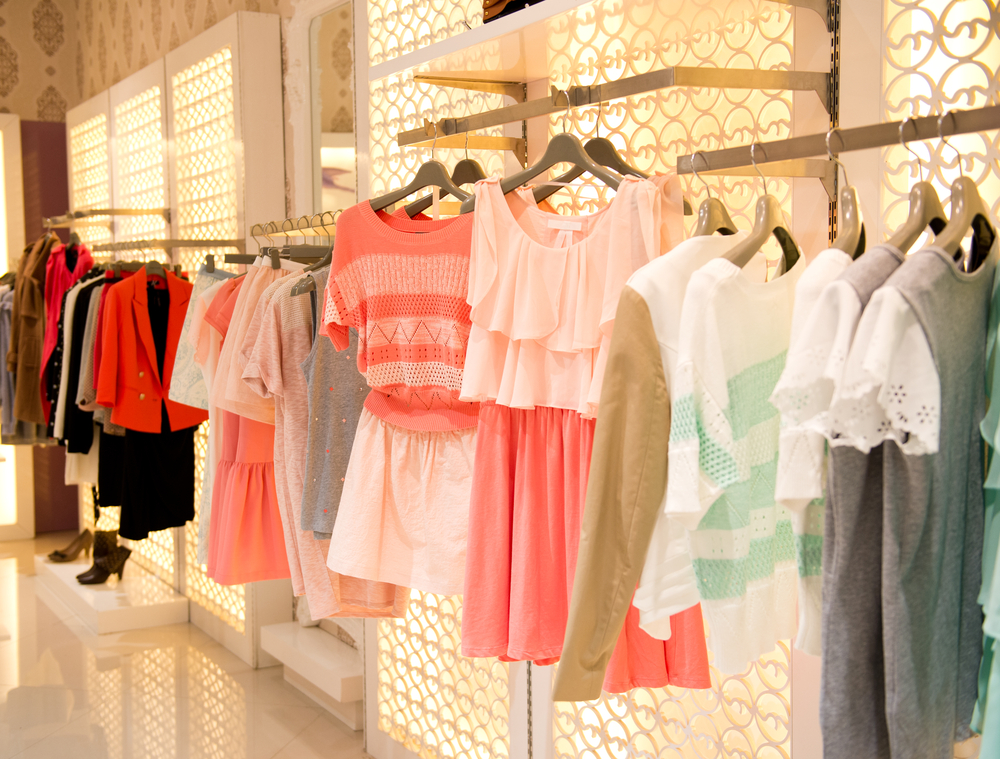
This historical gem offers a window into how everyday chores, like ironing, were tackled when different energy sources were in vogue.
The Evolution of Ironing Technology
The journey of ironing technology is a remarkable chronicle of advancements that gradually transformed the way people pressed their garments over time.
Before charcoal irons came along, people used various primitive methods, such as heating heavy objects over open flames, to achieve the desired flatness in their clothing.
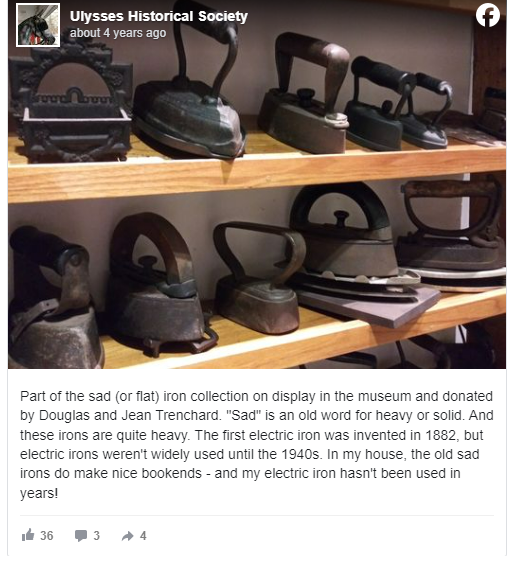
These cast irons were ingeniously crafted to include a chamber for burning charcoal, providing a more predictable and powerful heat source. This innovation not only streamlined the ironing process but also conserved time and energy for those engaged in these domestic duties.
Ingenious Design
This significant step forward in ironing technology utilized the heat produced by burning charcoal to ensure a steady flow of warmth to the steel soleplate.
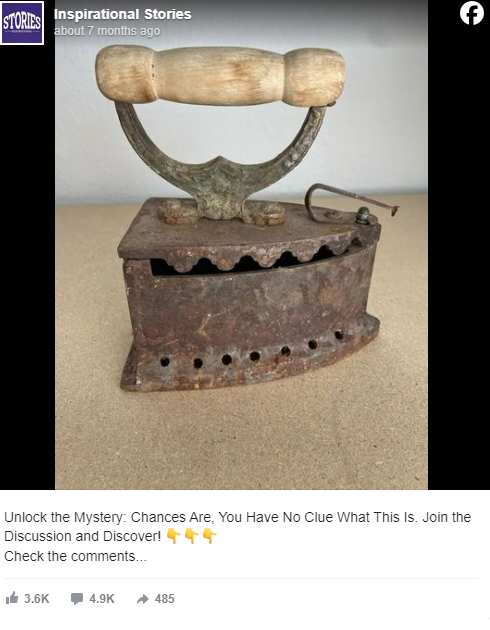
The iron’s hollow design efficiently housed the fiery charcoal, offering a consistent heat source for the duration of the ironing session.
To start the ironing process, users would open the compartment, place hot charcoal inside, and begin to press away.
The iron’s wooden handle was an essential part of the design, as it remained cool enough to be held comfortably throughout the task.
Transforming Household Tasks
The shift to charcoal irons marked a significant technological leap towards simplifying and enhancing domestic chores. Let’s take a peek into how these advancements transformed day-to-day activities and improved time management.
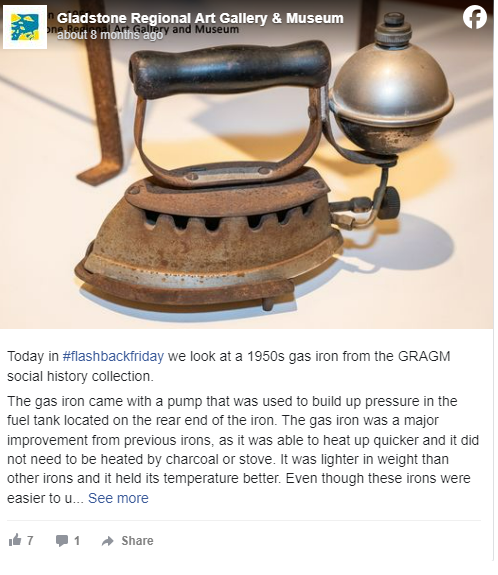
Efficiency saw a notable increase as charcoal irons surpassed the capabilities of their predecessors. This allowed people to complete their ironing more swiftly, freeing up precious time for other necessary aspects of daily life.
The consistent warmth from the burning charcoal meant the steel soleplate stayed at an ideal temperature, leading to smoother and more efficient pressing, while also maintaining the quality of fabrics.
The rapid adoption and global spread of charcoal irons signified the world’s desire for effective solutions to the common task of ironing.
The reduction in physical strain was welcomed; charcoal irons eliminated the need for constant reheating, easing the physical effort associated with ironing. Their design addressed the challenges faced by many in the pursuit of wrinkle-free clothing.
The Electric Revolution
The progress in ironing technology took another leap with the advent of electric irons in the early 20th century. While charcoal irons were an advancement, they demanded attentive maintenance and operation. Electric irons soon replaced them, removing the need for charcoal and offering a safer and more straightforward source of heat—what a relief!
A Glimpse into the Past
Charcoal irons have moved from household staples to unique historical pieces that connect us to an era gone by, revealing how adaptable and resourceful our ancestors were!

The journey of ironing technology highlights our technological advancements and how they’ve rendered domestic chores more efficient, accessible, and less taxing, leaving us more time to unwind!
What do you think about this piece of history? Have you ever tried using one of these coal-powered irons? We’d love to hear your thoughts! Share this story to find out what your friends think.
